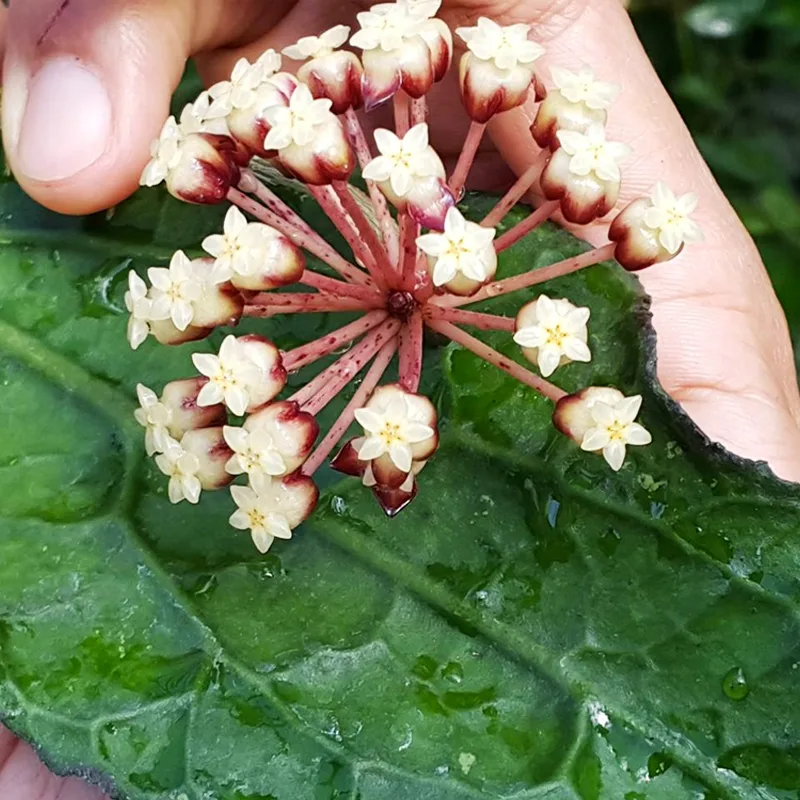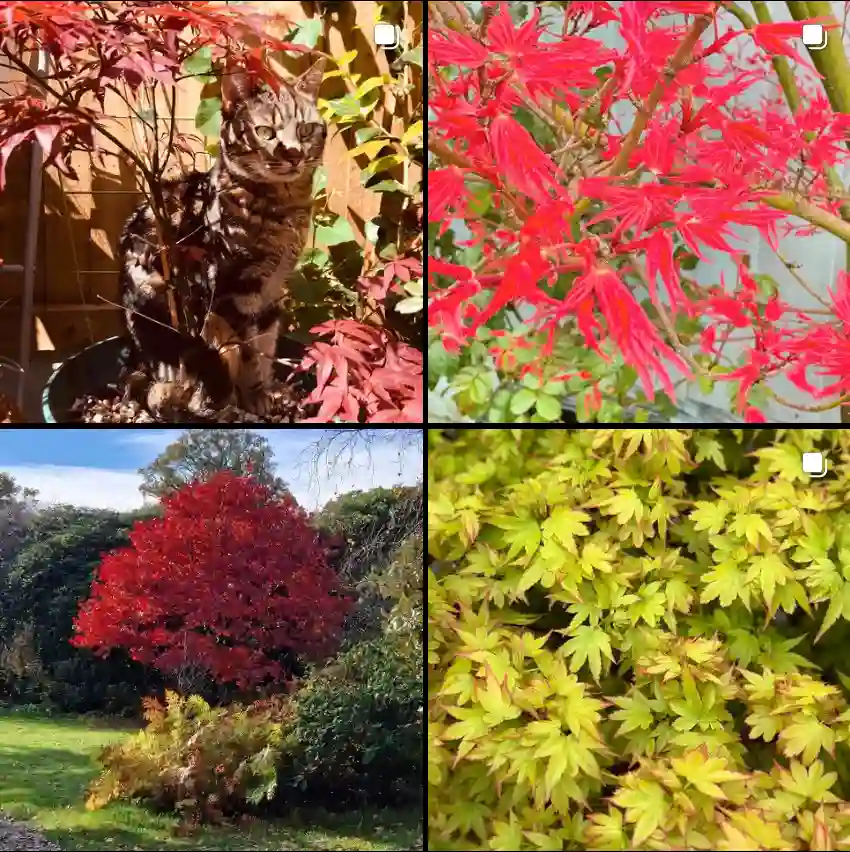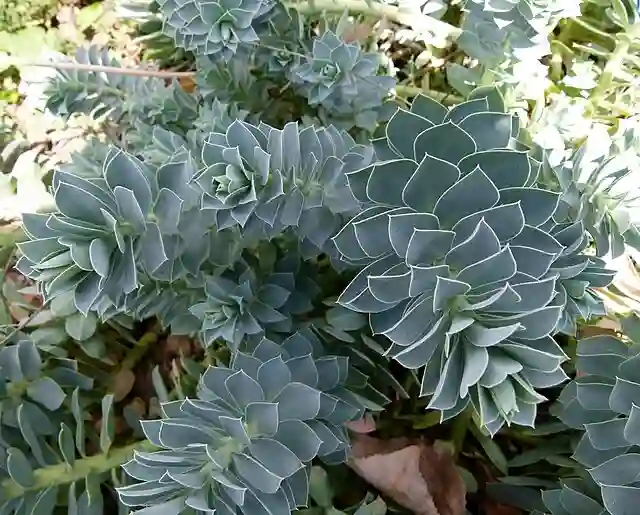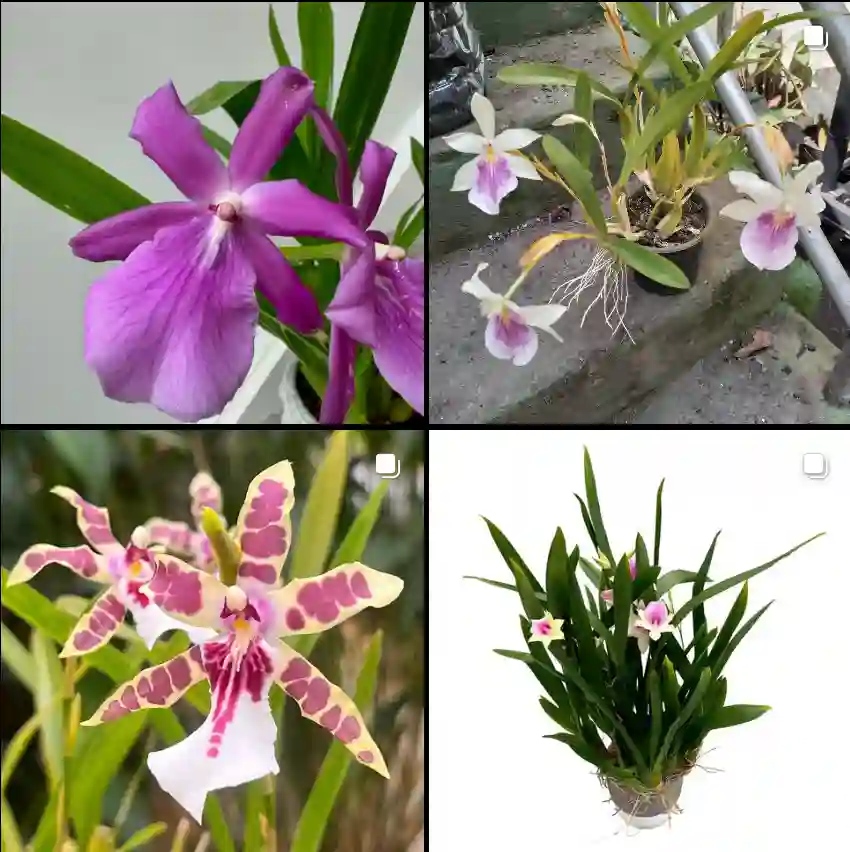FAQs About Carex Cherokeensis
As a plant enthusiast, I’ve spent a lot of time with Carex Cherokeensis, and it’s become one of my favorite groundcovers. This charming grass, also known as Cherokee Sedge, is known for its adaptability and subtle beauty. In this article, I’ll address some of the most frequently asked questions about Carex Cherokeensis, covering everything from care tips to common problems.
2324 Species in Genus Carex
What is Carex Cherokeensis?
Carex Cherokeensis is a type of sedge native to the southeastern United States. It’s often used in landscaping for its attractive, low-growing habit and its ability to thrive in a variety of conditions. The plant forms a dense, tufted clump of narrow, arching leaves that are green with a slight blue tint. It’s a great choice for ground cover, particularly in shaded or woodland gardens.
How to Care for Carex Cherokeensis?
Caring for Carex Cherokeensis is relatively straightforward, but there are a few key points to keep in mind:
- Light: This plant thrives in partial to full shade. While it can tolerate some morning sun, too much direct sunlight can cause the leaves to scorch.
- Soil: Carex Cherokeensis prefers well-draining soil. It can handle a range of soil types, including clay and loam, as long as they drain well.
- Watering: Regular watering is important, especially during dry spells. However, it’s essential to avoid waterlogging, as this can lead to root rot. The soil should remain consistently moist but not soggy.
- Fertilization: Feed the plant with a balanced, slow-release fertilizer once in early spring. Over-fertilizing can lead to excessive leaf growth and may make the plant more susceptible to disease.
How to Propagate Carex Cherokeensis?
Propagating Carex Cherokeensis can be done through division or by seed:
- Division: The most common method is to divide the clumps in early spring or fall. Gently lift the plant and separate the clumps with a garden fork or spade. Replant the divisions in well-prepared soil.
- Seed: If you prefer to grow Carex Cherokeensis from seed, start the seeds indoors about 6-8 weeks before the last frost. Sow the seeds in a seed-starting mix and keep them moist. Once the seedlings have grown large enough, they can be transplanted outdoors.
What to Plant With Carex Cherokeensis?
Carex Cherokeensis pairs well with various shade-loving plants. Here are a few companions that can enhance your garden:
- Hostas: Their large leaves and varied colors provide a striking contrast to the fine texture of Carex Cherokeensis.
- Astilbe: The feathery plumes of astilbe add a nice vertical element to the ground cover’s horizontal spread.
- Heuchera: With its colorful foliage, Heuchera can bring vibrant hues that complement the subdued tones of Carex Cherokeensis.
Is Carex Cherokeensis Toxic?
Carex Cherokeensis is non-toxic to both humans and pets. This makes it a safe choice for gardens where children or animals play. There are no known adverse effects associated with contact or ingestion.
Benefits of Carex Cherokeensis
One of the biggest benefits of Carex Cherokeensis is its adaptability. It’s an excellent choice for shady areas where many other plants might struggle. Additionally, it’s low-maintenance and helps control erosion on slopes. Its dense growth also acts as a natural weed suppressant, reducing the need for chemical weed killers.
Common Problems with Carex Cherokeensis
While Carex Cherokeensis is generally trouble-free, a few issues can arise:
- Overwatering: Too much water can lead to root rot. Ensure proper drainage and avoid waterlogged conditions.
- Pests: Although not highly susceptible, watch out for common pests like aphids and spider mites. Regular inspection and appropriate treatment can prevent infestations.
- Diseases: Fungal diseases can occur in overly wet conditions. Good air circulation and proper watering practices can help mitigate this risk.
How Does Carex Cherokeensis Compare to Other Sedge Varieties?
Carex Cherokeensis is often confused with similar sedge varieties, such as Carex Pennsylvanica or Carex Jorrensis. Here’s how it stacks up:
- Carex Pennsylvanica: This variety is also a shade-loving sedge but tends to have a more upright growth habit and slightly different leaf texture. Carex Cherokeensis is generally more tolerant of varying soil conditions.
- Carex Jorrensis: Similar in appearance, Carex Jorrensis often has a more intense green color and may not tolerate as much shade as Carex Cherokeensis. It’s also less forgiving in terms of soil conditions.
Conclusion
Carex Cherokeensis is a versatile and attractive ground cover that brings beauty and functionality to shaded garden areas. Its ease of care, low toxicity, and ability to pair well with other plants make it a valuable addition to any garden. Whether you’re dealing with tricky shade conditions or simply looking for a reliable ground cover, Carex Cherokeensis is a fantastic choice.
If i die, water my plants!



